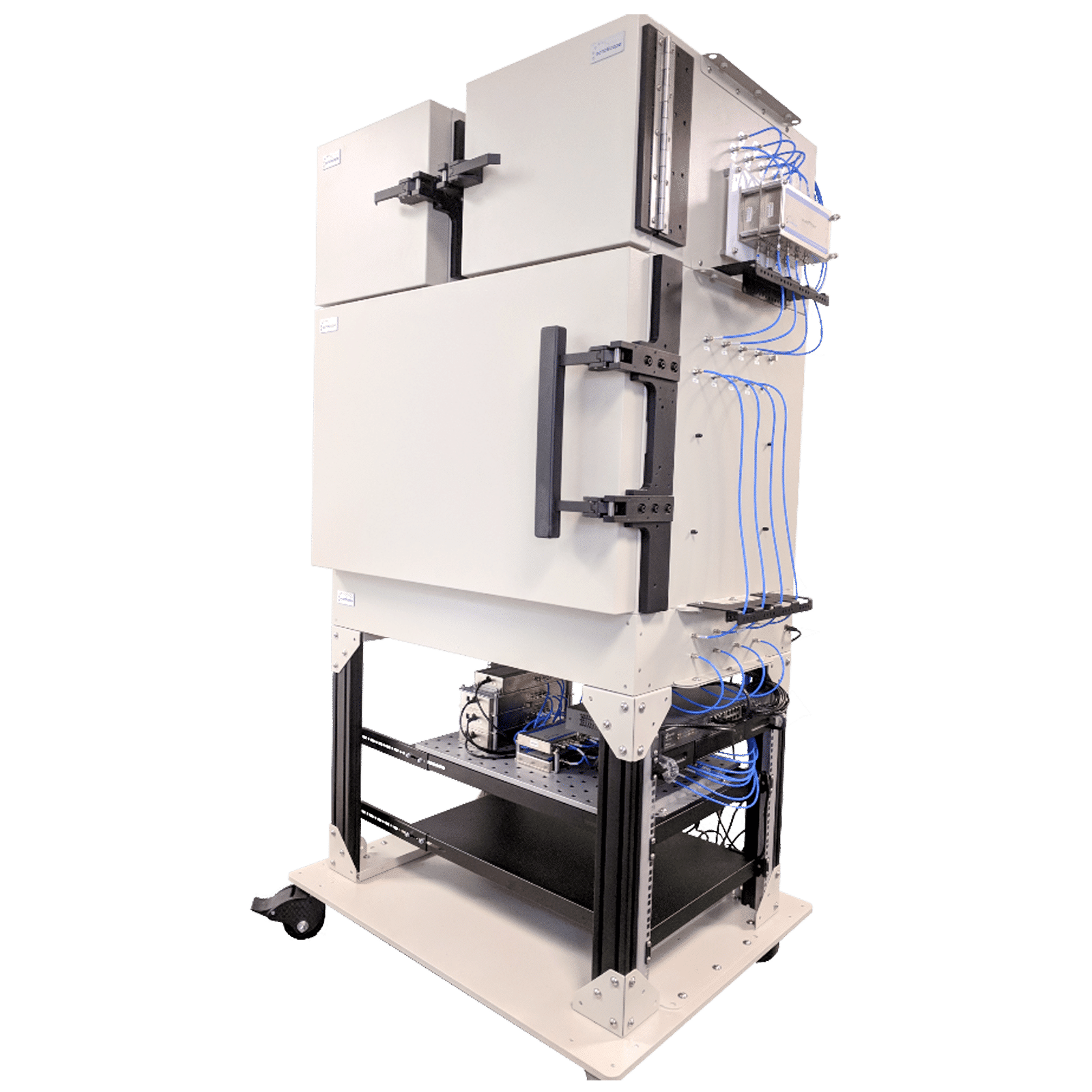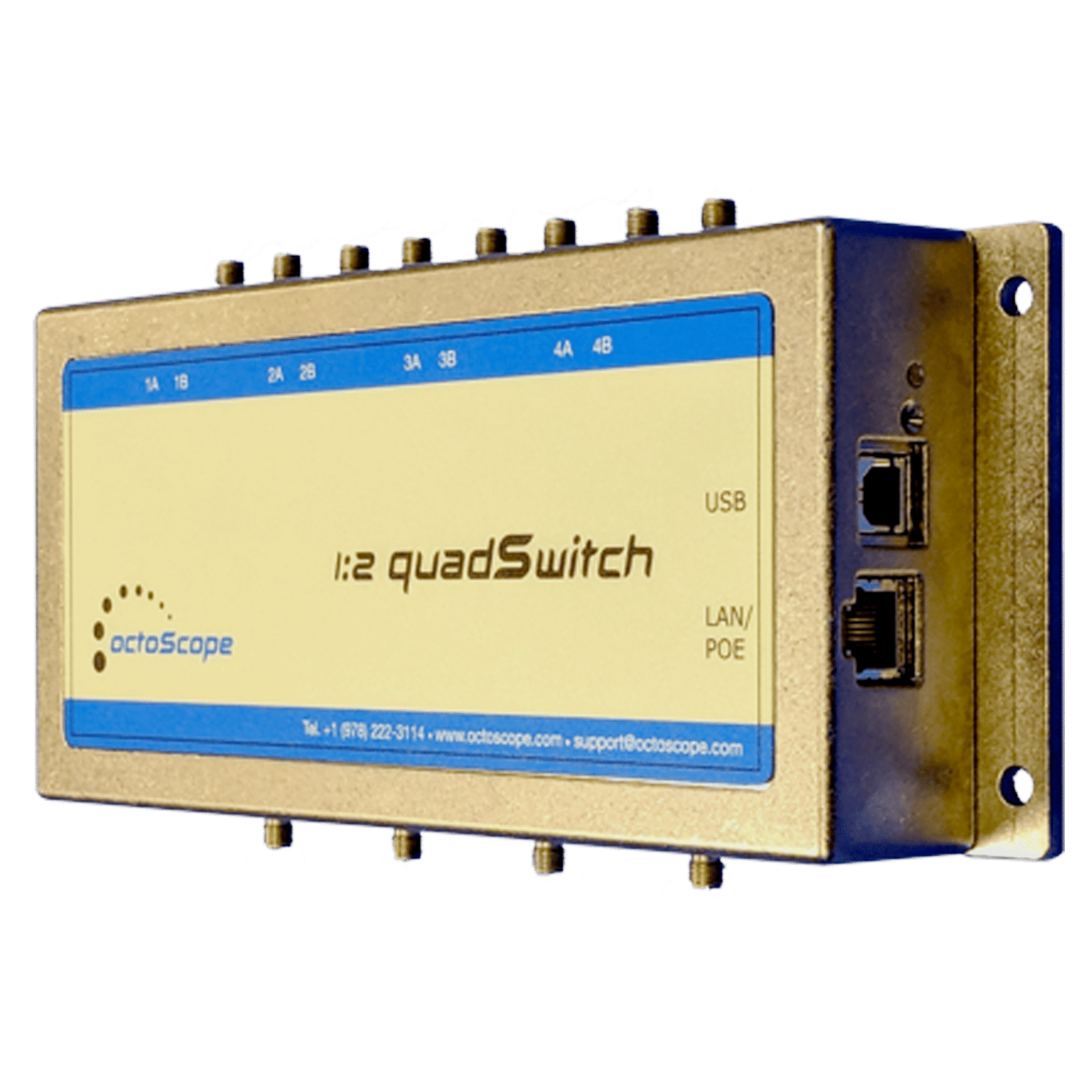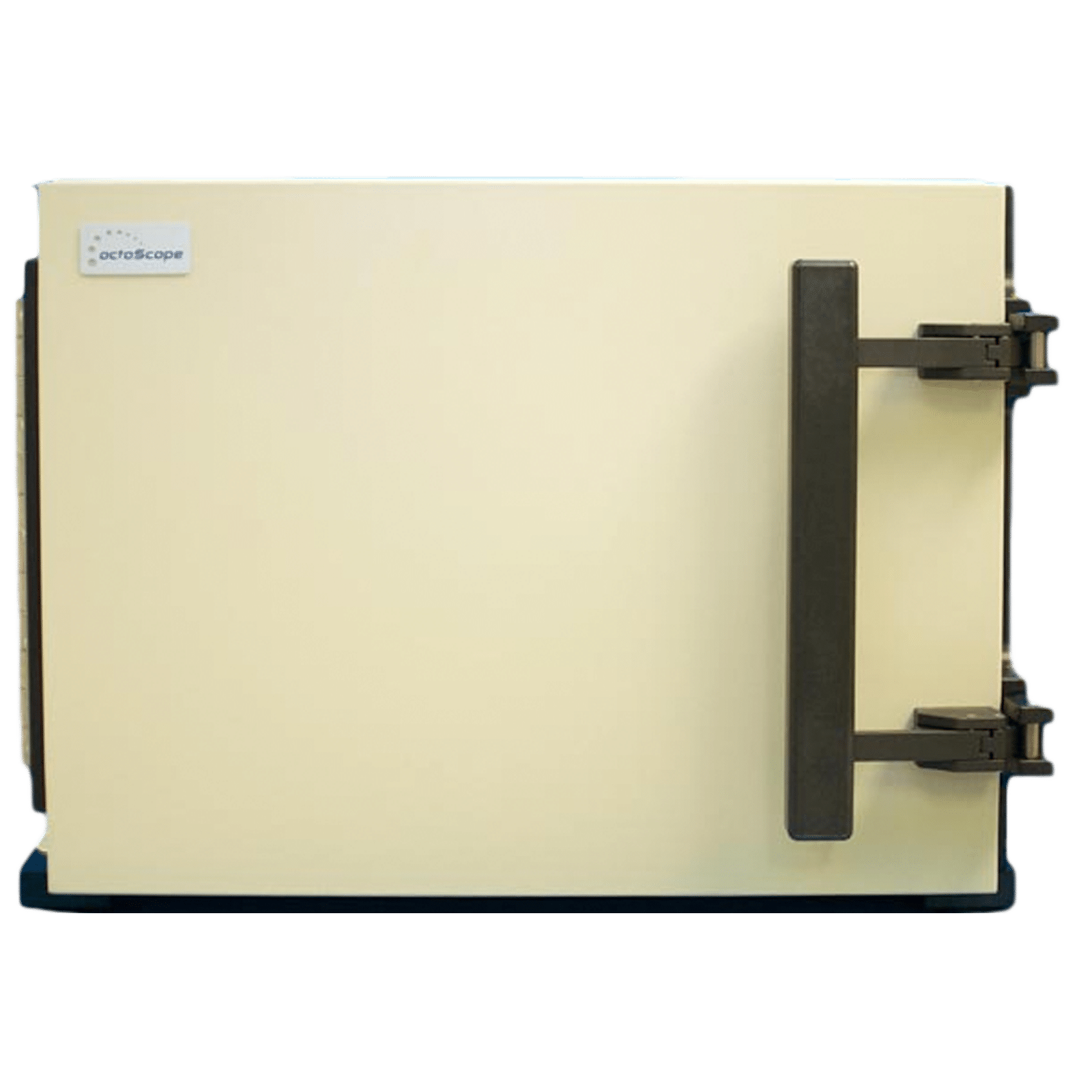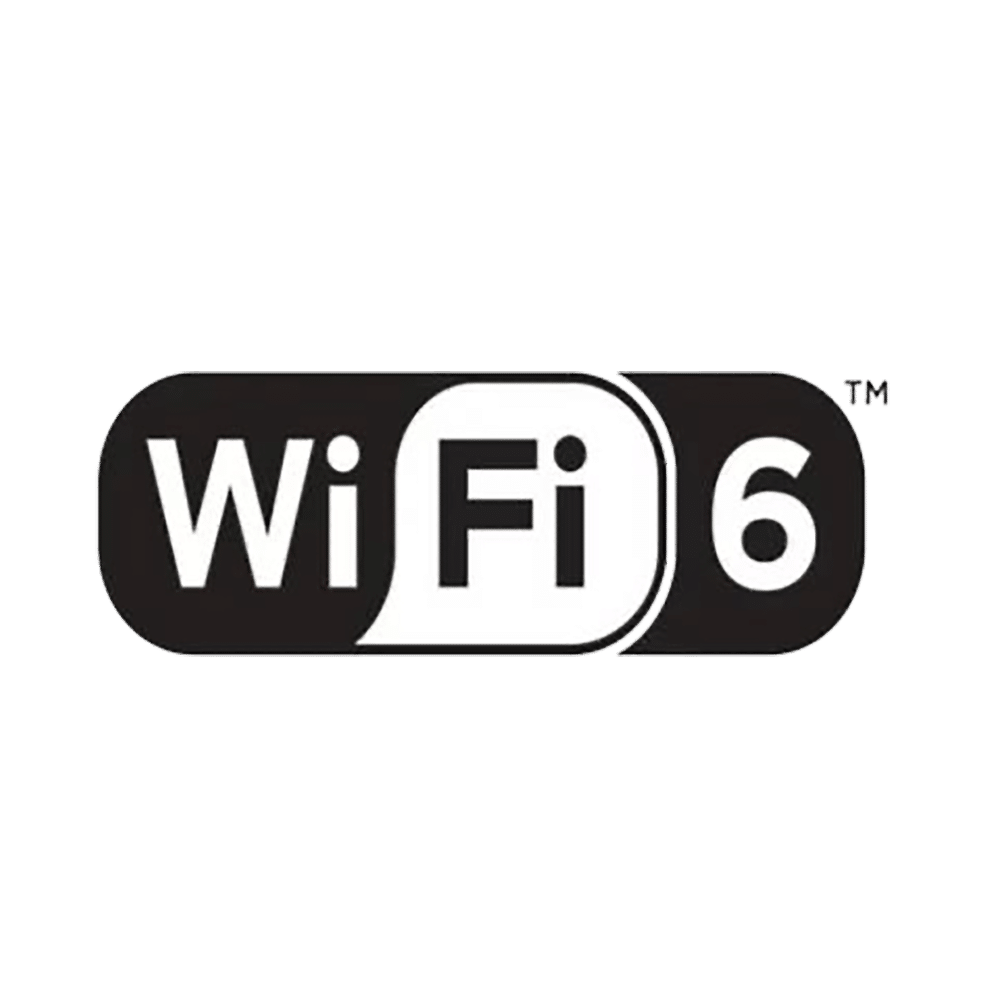Solutions for
WIFI conformance testing
Portable wireless testing solutions for device certification and qualifications
Testing the RF characteristics of a device typically requires having access to a large anechoic chamber where the RF environment and characteristics such as interference can be controlled in a repeatable manner.
At a time when time to market and low cost are critical, this reliance on large test houses for small and relatively inexpensive IoT and WiFi devices seems outdated. However, a small, self-contained personal wireless test bed that can sit right next to a developer at the bench, or be accessed from anywhere in the world and provides the same controlled RF environment for testing is an ideal solution for testing these devices.
With the increase in consumer awareness of the performance of their WiFi devices due to increasing number of wireless applications, support for standardised automated testing makes it easier and more affordable than ever to verify the performance of devices being brought to market.
Featured products
Portable wireless testbeds
The STACK testbeds can fully characterise WiFi products for performance indicators such as throughput, handover efficiency and OFDMA.
They include a full suite of test tools, allowing conformance testing to be fully automated and support benchmarks such as TR-398.
Read more
understanding TR398
Learn how TR398 delivers a comprehensive test suite for WiFi performance validation and how integrated test beds provide cost-effective solutions for performing the test cases.

Portable wireless testbeds supporting automated Wi-Fi testing including Wi-Fi 6e, OFDMA, and TR-398 issue 2

A range of test modules for RF testing including traffic endpoints, attenuators and interference generators.

Highly isolated, portable shielded boxes for easily configurable, repeatable test environments


